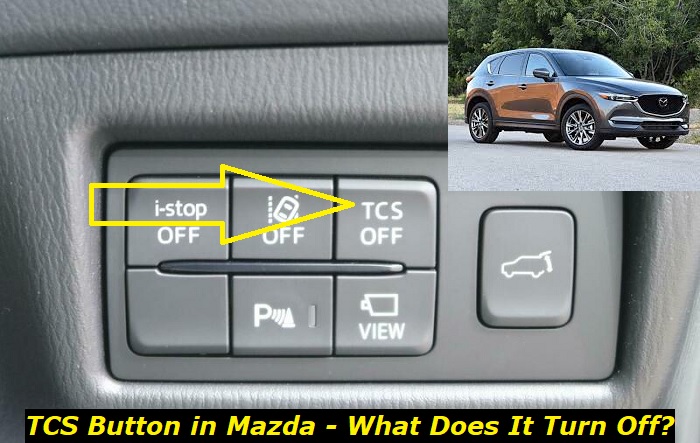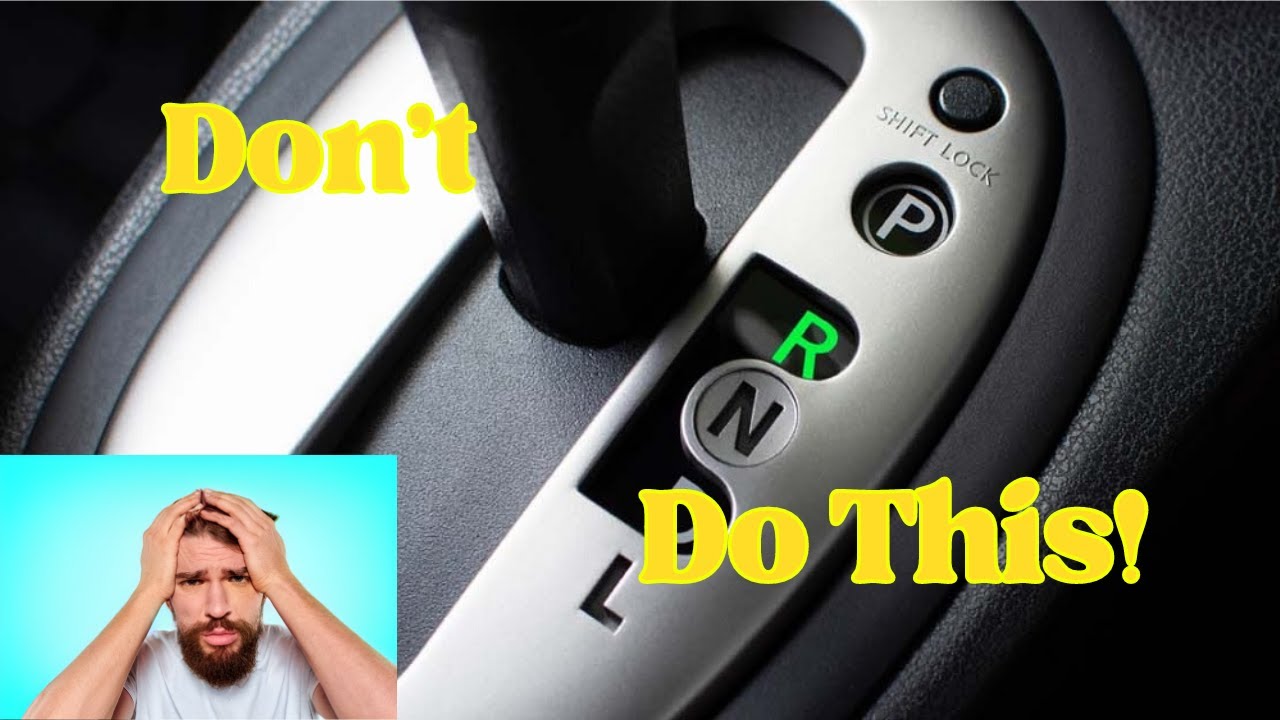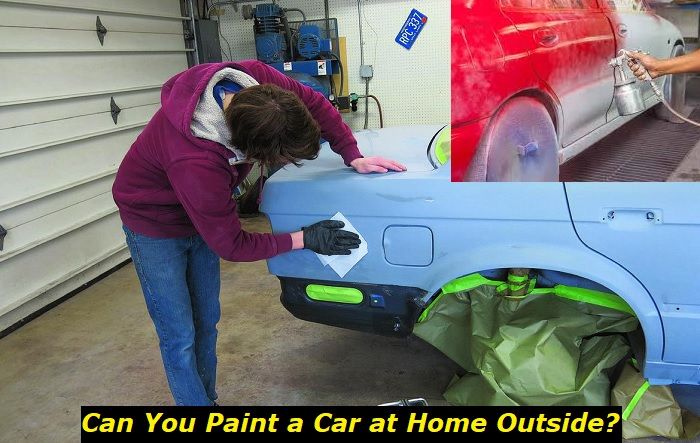"I wonder what this button does." This might be one of the most common thoughts whenever seeing a lever or button that seems unfamiliar. In this situation, the big question that you might have is "what does the TCS button in my Mazda turn on or off?".
Even though TCS is a rather common option and has been for a while, we're going to talk about what exactly is this system and why it's so important, how it fails, how it can be fixed, how to avoid issues, and also if you should drive your car with a faulty TCS.

What exactly is TCS in a Mazda?
Before talking about how it fails, we believe that it's important to first understand just what this system does and how it works, so we will give you a brief explanation of it.
TCS, or Traction Control System, is an electronic system that helps improve traction, especially in low grip conditions. It is usually coupled to another system called DSC, or Dynamic Stability Control, which helps improve cornering stability.
Together, these two systems make sure that the vehicle remains easy and predictable to drive and they also insure a safe trip. They operate through various sensors that can detect, for example, when a wheel is spinning faster than the other one. How is this relevant? If you think about it, the explanation is quite simple. When one wheel is spinning faster than the other one, it means that it has less grip and is therefore causing traction issues.
These systems have the ability to brake individual wheels and to cut the engine's power to the wheels and they do this in order to minimize the risk of the car understeering or oversteering.
To go back to our main question, the TCS button basically deactivates and activates this essential safety system. Usually, when this system is deactivated, you will see an amber warning light of a car skidding that is either permanently on or flashing.
How does the TCS fail?
Now that you understand how the TCS works and how important it is, we think it's also important for you to understand how it can fail. We've mentioned above that whenever this system is disengaged, you will see an amber warning light in the instrument cluster of your vehicle, but that warning light might also be there because there's a fault. If you try to turn the TCS back on, yet the warning light stays there, you might have a problem.
Here are some of the things that might have failed:
1) Bad tires
Tires are one of the most important components in a car because they are the only contact with the road that your vehicle has. If one of them is damaged, the car's computer won't be able to determine exactly just how much grip there is. This might also happen if you use bad-quality tires or if the tires are mismatched.
Another important aspect related to tires would be tire pressure. If the difference between them is too big or if the pressures aren't the ones recommended by the car's manufacturer, you might encounter problems with the TCS.
2) Blown fuse
As always, when troubleshooting electrical issues, you should always begin by checking the fuses. A blown fuse means that a certain system will become inactive and it will almost certainly trigger a warning light in the instrument cluster. When you check the fuse, remember that the TCS works in conjunction with the ABS (Antilock Braking System), which is why we would recommend you check that fuse as well.
3) Damaged wiring/connectors
Damaged wires and connectors can cause you a lot of headaches and the TCS is not excluded from this kind of situation. Because of age and exposure to the environment, wiring insulations and connectors can become quite fragile over time and they might even crumble.
4) Bad battery
Even though you might think that the battery isn't directly related to the TCS, it still plays an important role in its functioning. Bad batteries can cause all sorts of running issues and electrical problems that might make it seem like the car has gone insane.
5) Bad alternator
Just like in the case of the battery, the alternator must also be in perfect working order for the TCS to work properly. Not having enough charge in the electrical system of the vehicle might result in various electronics becoming inactive.
6) Faulty wheel speed sensors
The wheel speed sensors are some of the most important components which are related to the TCS and if one of them were to fail, you will almost certainly encounter issues such as inactive TCS or a speedometer that is no longer working. If these sensors fail, the TCS module will no longer be able to tell at what speed each wheel is spinning and it will therefore be unable to correct these speeds when necessary.
7) Damaged ABS rings
The ABS rings are another common failure point when talking about systems such as the TCS and ABS and are many times the actual reason for which you encounter problems. These rings are there for the ABS to detect when one wheel is locking up under braking and if they are damaged, the TCS module will be unable to brake individual wheels safely.
8) Faulty TCS electronic module
If you think about this control module like it would be the brain of the system, you will probably understand why its failure will make the TCS inactive. This module can be damaged because of exposure to constant vibration during driving or because of humidity.
9) ABS fault
It doesn't matter whether it's the ABS control module or the actual ABS pump that is faulty. If there is a problem with the ABS, the TCS will probably not work, since this system relies a lot on the ABS.
How to fix problems?
Fixing problems really depends a lot on what the actual cause of the issue is. If it's just a thing of getting your tires to the correct pressures, then you will enjoy a free and easy fix. If you have to replace the tires, things might get a little bit expensive, depending on the model and size, but you might be relieved to know that there isn't an actual fault with the car.
Replacing fuses should be easy enough for any amateur out there, but if it's the wiring that's causing you issues, you might find it a little bit annoying. Modern cars have a lot of wiring and finding the exact spot in which there's an issue might be a little bit challenging. A specialist might charge you quite a lot, since they are paid by the hour, and this kind of troubleshooting usually takes more hours.
The other components can vary in price, depending a lot on the manufacturer, but things such as ABS pumps and control modules will probably not be very cheap.
Even though most of these components can be replaced at home by DIY enthusiasts, we would recommend you take your car to a Mazda specialist, since they will almost certainly find the issue a lot quicker than you would, as your car probably wouldn't be the first one that they have seen with that particular problem.
Since we're talking about a potential warning light in the instrument cluster, a diagnostic should also be performed, which will probably tell you what exactly is causing the trouble.
How to avoid issues in the future?
Avoiding issues mainly consists in checking the tire pressures regularly and avoiding bad-quality tires. We would also recommend you avoid as much as possible driving in very humid conditions or through mud and snow. These conditions might cause components such as the wheel speed sensors to go bad.
Apart from that, there isn't much you can do to interfere with the functioning of this system, since these aren't things that most drivers usually mess with.
Should you drive like this?
Don't worry, the car hasn't turned itself into a death trap, it's still safe to drive. However, you should know that if the TCS and/or ABS are inactive, you should be a lot more careful when driving, especially under more difficult conditions, such as heavy rain. If you aren't a very experienced driver, we would recommend you take your car to a shop as soon as possible, since you wouldn't want to put yourself in an unpleasant situation.
Final thoughts
The TCS is very common in cars, regardless of whether them being manufactured by Mazda or not and it's easy to understand why. It's a very useful safety feature that has helped many drivers out there, especially the more inexperienced ones, in difficult situations. As to what that button does? We believe that it would be best to leave it as it is.
About the authors
The CarAraC research team is composed of seasoned auto mechanics and automotive industry professionals, including individuals with advanced degrees and certifications in their field. Our team members boast prestigious credentials, reflecting their extensive knowledge and skills. These qualifications include: IMI: Institute of the Motor Industry, ASE-Certified Master Automobile Technicians; Coventry University, Graduate of MA in Automotive Journalism; Politecnico di Torino, Italy, MS Automotive Engineering; Ss. Cyril and Methodius University in Skopje, Mechanical University in Skopje; TOC Automotive College; DHA Suffa University, Department of Mechanical Engineering






Add comment